Llywelyn the Great built the huge gatehouse of Criccieth Castle on the coast of north-west Wales in the 13th century. Owain Glyndŵr burned it down in 1404 when it was in the hands of the English. The stones of one ruined tower are still scorched orange. Today, the castle hill smells of wild thyme and cut grass. I can see across the bay to cloud-capped Carreg yr Eryr with more mountains beyond it and westwards over multicoloured Marine Terrace towards the wild Llŷn peninsula.
With a cone from Cadwaladers ice-cream shop, I stroll down to the beach. While swimming I have views of both castle and distant mountains. The beach has stripes of sand and shingle; a passing dog walker skims a flat stone so it skips five times and I applaud from the waves. She tells me some huge jellyfish are washed up further down the beach – “like alien beings”. Dressed again, I go and have a look. They remind me of the comic poem by Robert Graves (there’s a copy on the railway station wall) about the “things that came out / From the sea caves of Criccieth yonder”.
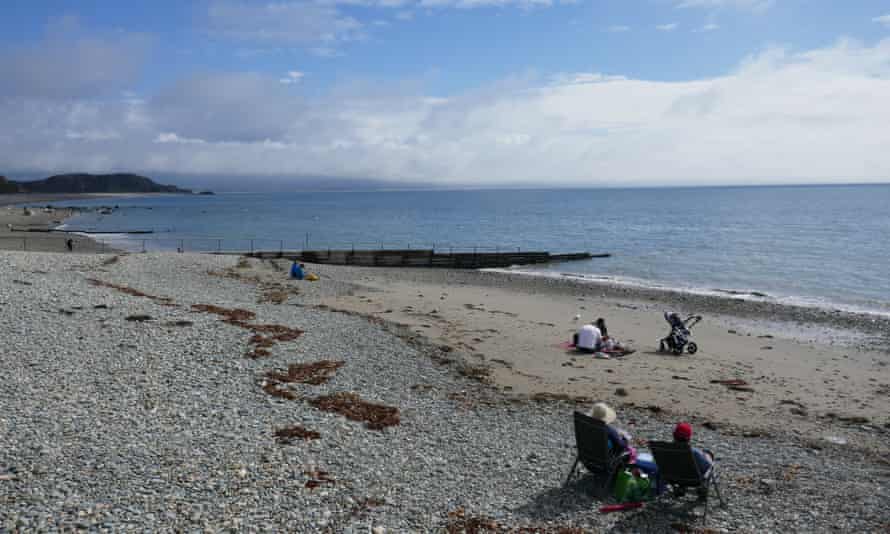
The tide is out and there are sea caves on the next beach, Black Rock Sands, so I wade across a stream to explore. There’s a caravan parked in one of the caves, but they are atmospheric in the drizzle, which is making the grey-brown pebbles shine ochre, russet and blue. It rains harder and I shelter in a cave; the damp walls are beetroot-crimson and speckled with limpets and gelatinous sea anemones. The sun erupts from a bank of cloud, pouring gold on to the water below. I can see why the misanthropic priest and poet RS Thomas, who spent his last decades in the area, used so many images of shifting clouds and sunshine. In his poem The Small Window he wrote:
In one day
You can witness the extent
Of the spectrum and grow rich
With looking
I walk the mile back to Criccieth on the waymarked coast path and emerge next to Dylan’s restaurant. Clough Williams-Ellis, architect of the Italianate village at nearby Portmeirion, designed this art deco-style pavilion by the sea. Everything in it curves: the floor-to-ceiling windows, the embossed bar and the mirrors above it. The food is as good as the decor: a steaming cauldron of mussels (from £9.95) and – much later – a Welsh cheeseboard (£9.95) with homemade chutney and piccalilli. It’s dark when I leave; the seafront strings of bulbs are glowing and the castle is floodlit.
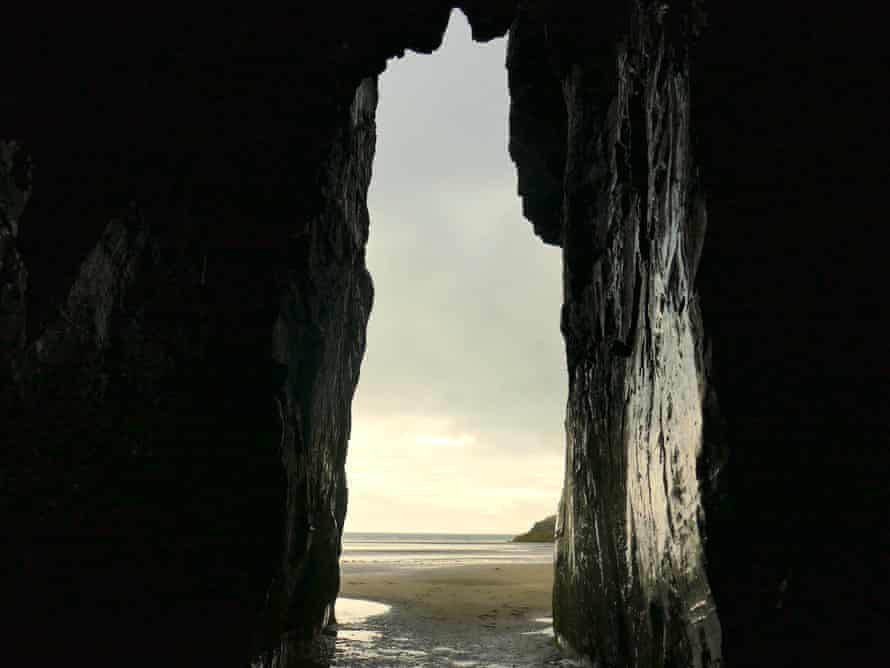
Getting to Criccieth by public transport from anywhere outside north Wales is never very quick. Bangor is an hour or so away by bus via Porthmadog and can be reached by fast train (three and a half hours from London Euston, advance tickets from £25.50), although I generally favour the slower Cambrian Line, which runs along rivers, estuaries and the cliffs above Cardigan Bay. Five hours on a train from Birmingham for a weekend at the seaside might sound like madness, but this is one of the UK’s great rail journeys and the hours are not wasted (bring refreshments, and sit on the left).
One of many highlights is crossing Barmouth Bridge, a 700-metre wooden railway viaduct over the Mawddach estuary, which is both landmark and liability – buses are replacing trains from Machynlleth onwards until December while they fix the Victorian bridge again. These buses, along with local services, are still useful for visiting Portmeirion (an energetic mile’s walk from Minfford station) or reaching the steam trains that head off from Porthmadog into the mountains of Snowdonia. Normally – as on my previous trips, which included co-writing a booklet about walking the Wales Coast Path – the railway goes all the way to Pwllheli.
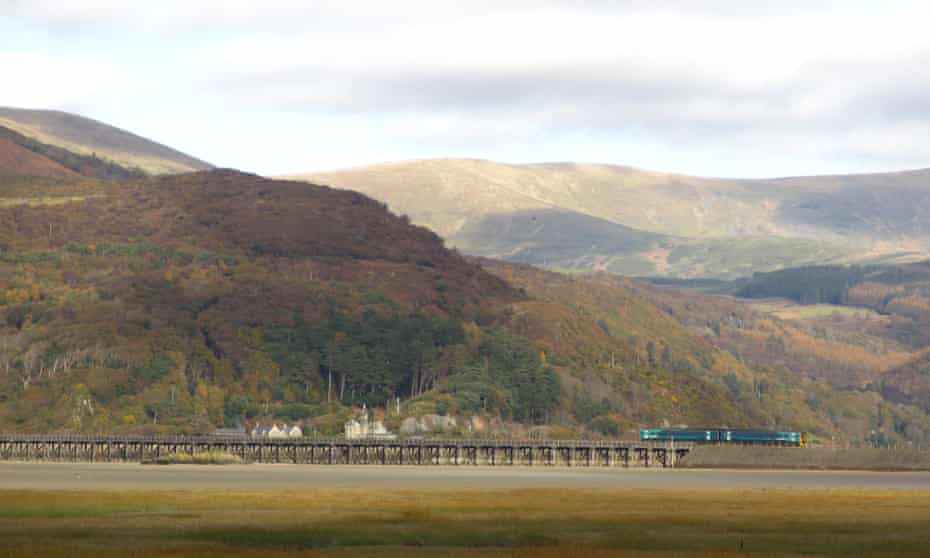
As I’m waiting for my first bus of the day next morning near Criccieth’s Lion hotel, where I am staying (doubles from £99 B&B), I see a 2019 sculpture that celebrates the Graves poem: a miniature cave with stone blobs heading out of it towards the sea. Bus 3 runs regularly (not Sundays) to Porthmadog and Pwllheli and is full of the sound of soft Welsh consonants; nearly three-quarters of the people living in the Llŷn area speak Welsh, according to 2011 census data. We cross old bridges and pass the Lloyd George Museum at Llanystumdwy (£6 adults/free for children). At Pwllheli you can hop on bus 17 for eight minutes to get to the beach town of Llanbedrog.
The heavens open just as I get to the sandy beach with its towering wooded cliff and primary-coloured beach huts. I take cover with a coffee among the bright cushions, bunting and begonias of the Beach Bar cafe. The rain eases and I am soon climbing, under mossy beeches and red-berried rowans, to a statue known as the Iron Man. The rusty figure stands looking out at views that must be spectacular on a clear day. I can just see the long curve of the beach and misty hills beyond. By the time I reach the far side of the headland, following a rocky path through waves of purple heather, St Tudwal’s islands and the boats near Abersoch are clearly visible. For walkers with more time, the coast path goes on towards them, but I am following a circular walk back into Llanbedrog for pea and leek soup at Plas Glyn-y-Weddw arts centre.
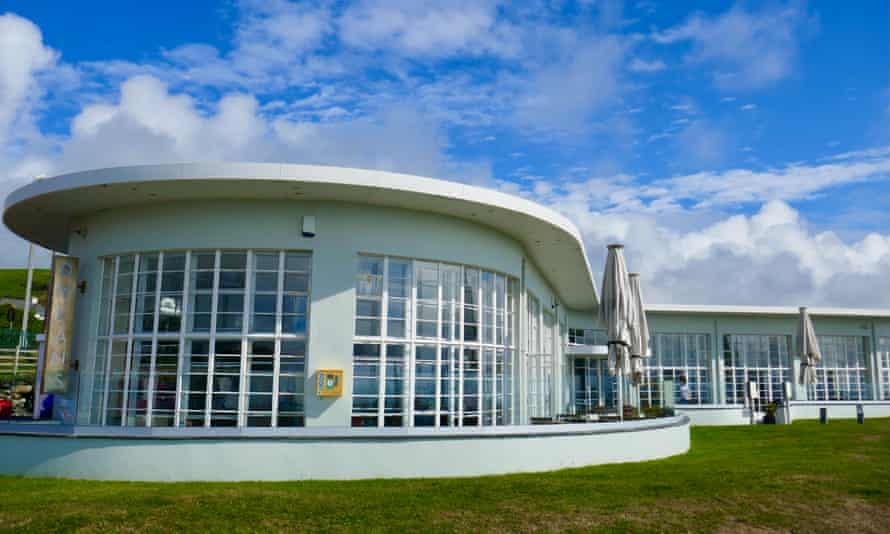
In the second half of the 19th century, local dignitary Elizabeth Jones Parry collected paintings in Plas Glyn-y-Weddw’s chapel-like gothic halls and exotic plants in its sheltered gardens (free to visit). One of her giant sequoias is now the tallest tree on the peninsula.
In the 1890s, Cardiff businessman Solomon Andrews turned the building into a public art gallery and built a horse-drawn tramway from Pwllheli. Rabbits lollop around the edge of the lawn behind a memorial tram carriage.
The 21st-century incarnation of Andrews’ tram is a demand-responsive coastal fflecsi bus that started locally in July 2021 (Friday to Monday, £3 adults/£1.50 children). Roger Jones from the transport company O Ddrws i Ddrws (“from door to door” in English) is driving and points out local landmarks before dropping me near the National Trust house at Plas yn Rhiw.
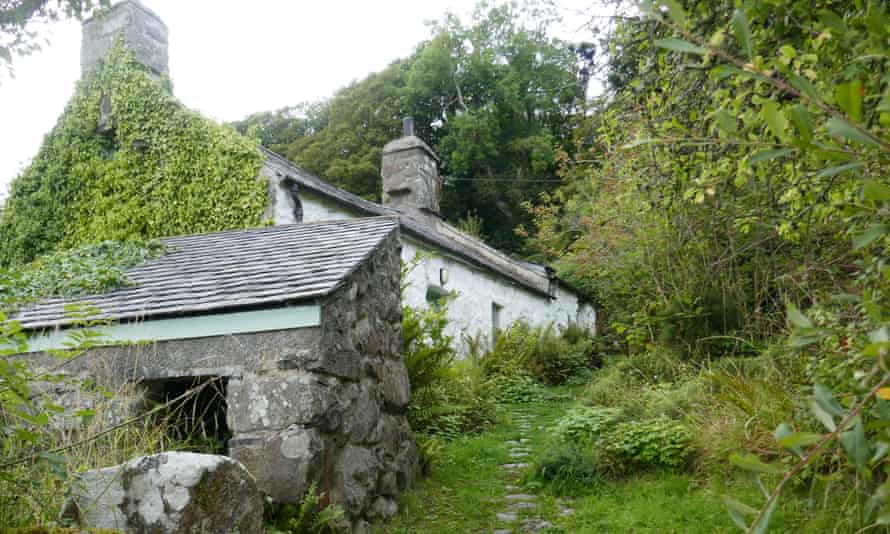
Its sitting room floor is flagged with green slate. Clough Williams-Ellis brought the flagstones here, along with the oak pillars, when his friends the Keating sisters restored the house in the late 1930s. Their books, gramophone, spinning wheel, even a packet of salt by the stove are still there as if they had just popped out, and the beamed kitchen has old farmhouse chairs and fresh sweet peas from the garden. The house is open until 31 October on Wednesdays, Thursdays and weekends, £6 adults/£3 children).
The garden is an enchanted maze of paths and benches among flowering shrubs and box-hedged plots overflowing with scented late summer roses. I climb the stone steps and follow woodland walks (there are bluebells in spring) past an orchard to the tearoom. Sarn y Plas, the 18th-century cottage where RS Thomas lived when he retired, is nearby: a simple, single-storey whitewashed building with no plaque. There is talk of opening it to Plas yn Rhiw’s visitors. As I pass, rays of sunlight slice down on to the crumbling cliffs above the beach known in English as Hell’s Mouth.
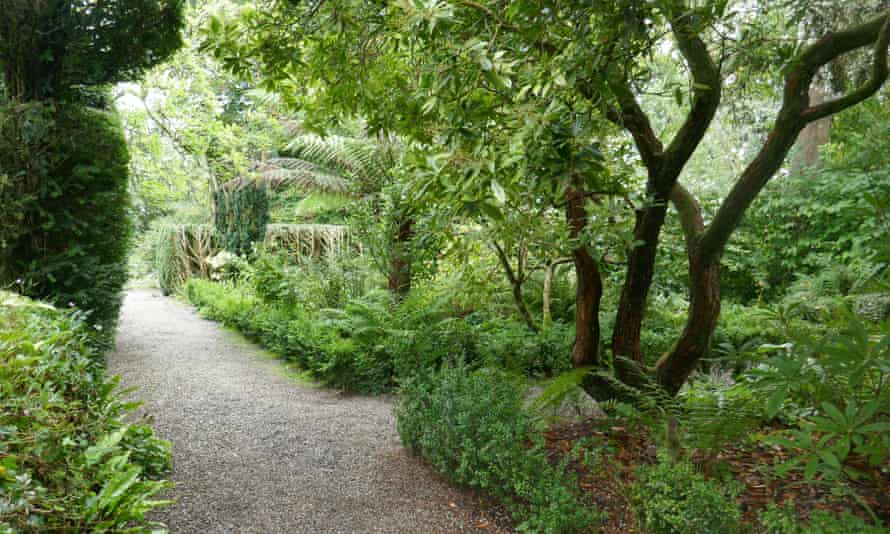
I set off on another circular walk that incorporates a stretch of coast path. It runs through primeval-feeling woods full of ferns and strange fungi, up on to moorland dotted with occasional ruins, where orange-chested stonechats hop between gorse bushes. The National Trust has converted some cottages on the estate to rent out to tourists (poor old RS must be spinning – he hated holiday houses). Gothic letters on the map mark prehistoric hut circles, forts, burial chambers and standing stones. I’m not always sure what I’m looking at, but it is certainly all ancient.

This walk is more adventurous than the morning’s circuit: there are brambles, bullocks and wobbly step-stiles over drystone walls. There are also banks of harebells, a field of sunflowers and deep silences. The only regular sounds are birds, insects and the distant waves. In his poem Pen Llŷn, about the timeless quality of the landscape here, RS Thomas describes
the marriage
of land and sea, from whose bickering
the spray rises
I am sorry to leave the coast path, even to head back for sunset fish and chips on the beach in Criccieth. Next time, I’ll come for longer and walk for days or weeks.
Transport for Wales provided travel from Birmingham to Criccieth (advance tickets from £18 each way). Visit Snowdonia provided accommodation and meals





